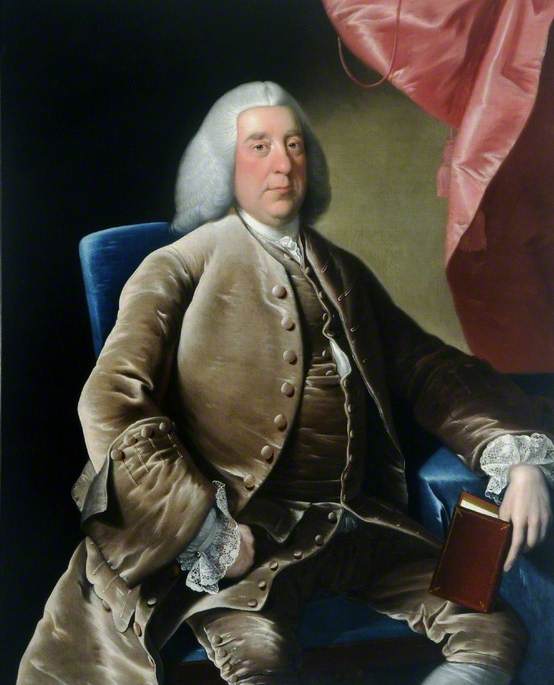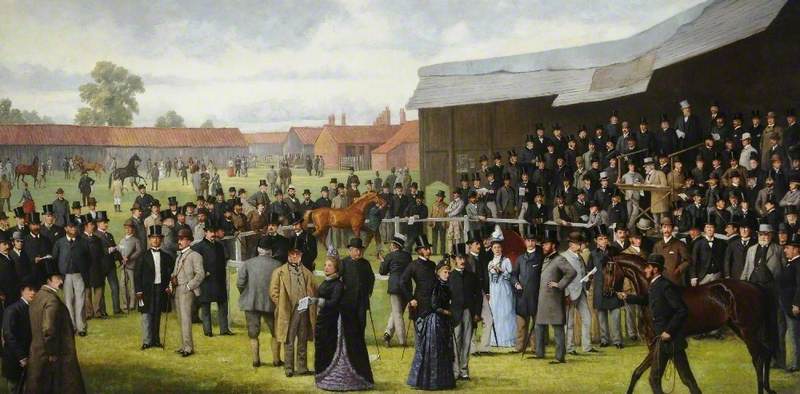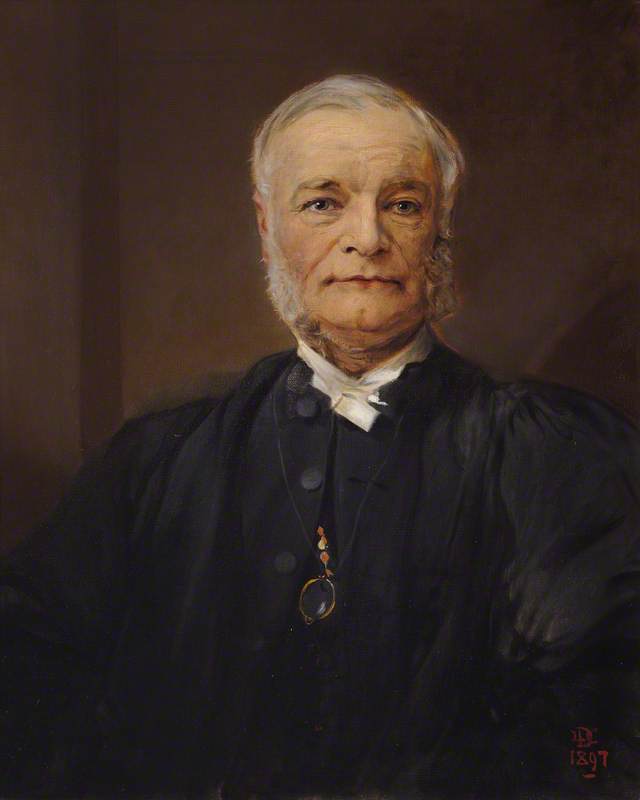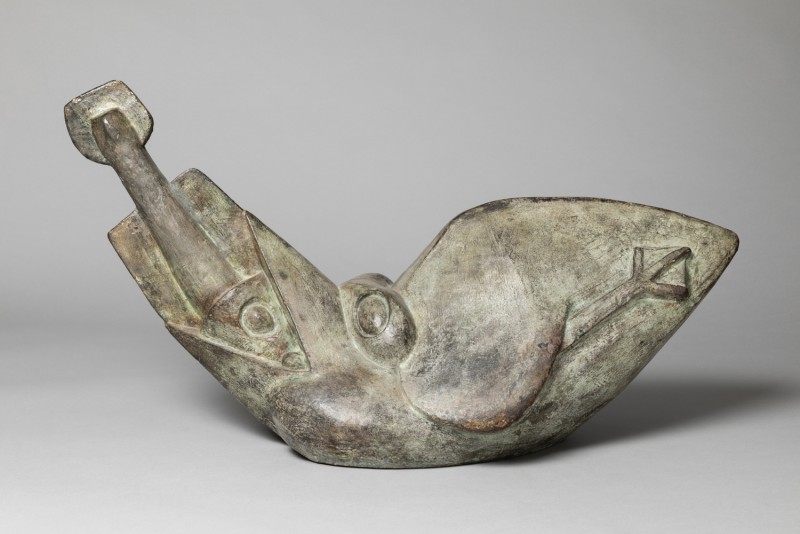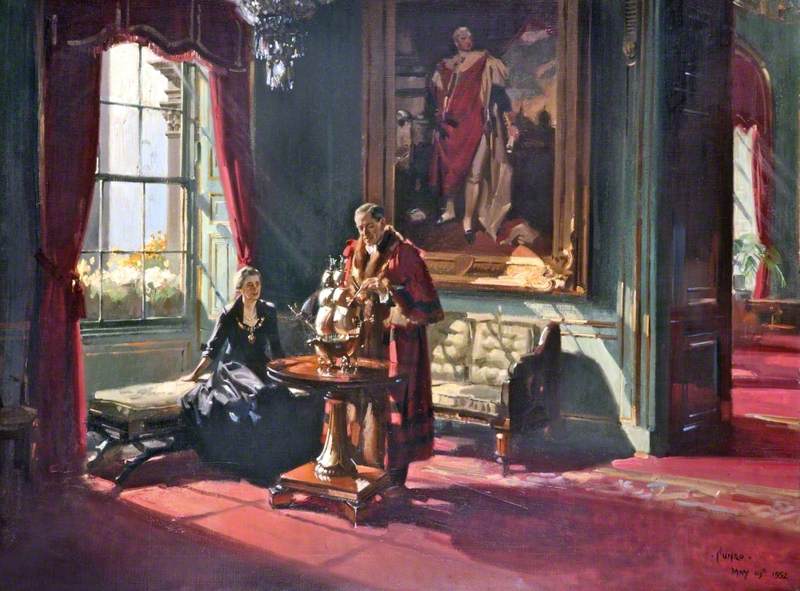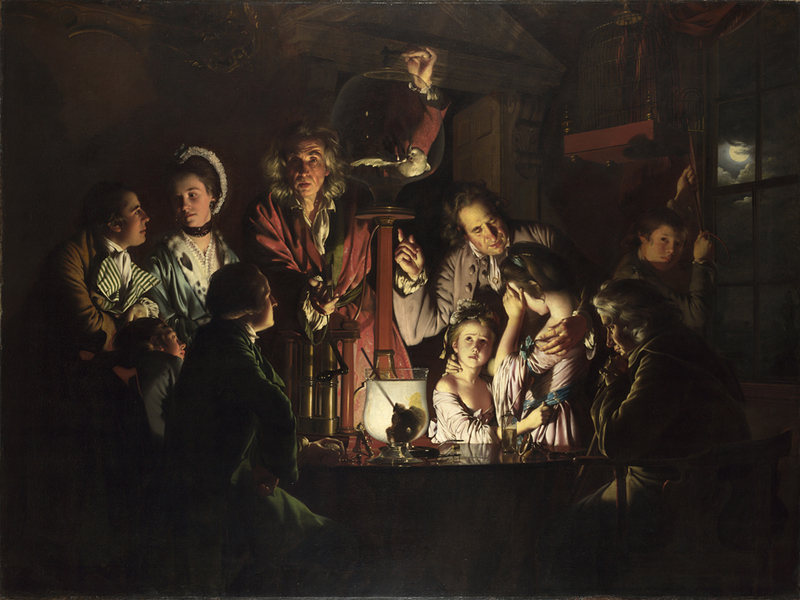Heritage Doncaster’s art collection contains around 2,000 works. Highlights include portraits by Joseph Wright of Derby, from the 1800s works by Lawrence Alma-Tadema and Thomas Rowlandson, and from the 20th century works on paper by Laura Knight and Henry Moore, prints by Eduardo Paolozzi and Patrick Caulfield, and sculptures by Jacob Epstein and Henri Gaudier-Brzeska.
Art Unlocked is an online talk series by Art UK in collaboration with Bloomberg Philanthropies. This Curation is based on a talk by Neil McGregor, Assistant Manager (Art, Exhibitions and Outreach) at Heritage Doncaster, on 17th November 2021. You can find a recording at: https://youtu.be/RHUA1tledtQ
-
William Brooke (1694–1763) 1760
William Brooke was a man of high social standing and acted as Mayor of Doncaster on three occasions. He was a wealthy dealer in fabric, and as a leading member of Doncaster Corporation was involved with the design and building of the town’s Mansion House. He is shown in the painting dressed in a plain, but beautifully made, velvet suit. In his hand he holds a book, possibly a pattern book for the products that he sold.
This painting is one of three pictures in the collection of Heritage Doncaster that Wright painted on a visit to Doncaster in 1760.
Joseph Wright of Derby is best known for his paintings of the Industrial Revolution, including 'An Experiment on a Bird in the Air Pump', which hangs in the National Gallery in London.
Joseph Wright of Derby (1734–1797)
Oil on canvas
H 127 x W 102 cm
Heritage Doncaster
-
Yearling Sale at Doncaster, South Yorkshire c.1885
Containing portraits of 149 people, this picture is what is known as a ‘subscription painting’, meaning that everyone included in the painting has paid to be included, the more they paid, the more prominent their position in the painting.
A notice in the local newspaper at the time stated that the picture was going to be painted, and that it would “contain the portraits of all the leading owners, breeders, and trainers as well as many of the frequenters of this busy scene, where may be found, year by year, a gathering of every one of note connected with horses.”
The picture is a who’s who of everyone of importance associated with racing at that time, and includes figures like the Earl of Scarborough and the Earl and Countess of Zetland.
Lowes Cato Dickinson (1819–1908)
Oil on canvas
H 127 x W 256 cm
Heritage Doncaster
-
Cattle Market, Doncaster, South Yorkshire c.1900
Doncaster is well known for its wonderful market, and has one of the largest markets in the north of England.
This atmospheric painting by Lionel Townsend Crawshaw shows the market place at a time when there was still a livestock market in the town. The artist captures the scene in the morning, with the warm sun casting long shadows, and the famers gathering to catch up on the latest news before the business of the day begins.
Over the scene towers St George’s Church, a fine example of Victorian Gothic architecture, designed by Sir George Gilbert Scott.
Lionel Townsend Crawshaw was born in Warmsworth near Doncaster, and after studying in Germany and Paris settled in Whitby where he was associated with the Staithes Group of artists.
Lionel Townsend Crawshaw (1864–1949)
Oil on canvas
H 85 x W 100 cm
Heritage Doncaster
-
Giants Refreshed: Pacifics in the Doncaster Locomotive Works 1947
Some of the most famous locomotives in the history of the railways were built at the Doncaster Locomotive Works, including Flying Scotsman, Mallard and Cock of the North. In this painting the artist Terence Cuneo shows work going on in the Crimpsall Paint Shop, where two locomotives are receiving their final coats of paint before being put back into service.
One locomotive is named after Sir Ronald Matthews who was Chairman of London and North Eastern Railway (LNER) at the time, while the other, Owen Tudor, was the last locomotive to be built by LNER before the nationalisation of the railways on the 1st January 1948.
Cuneo was commissioned to paint the picture by LNER in 1947, as a design for a poster to promote their services.
Terence Tenison Cuneo (1907–1996)
Oil on canvas
H 78 x W 122 cm
Heritage Doncaster
 © reproduced with kind permission of the Cuneo estate / Bridgeman Images. Image credit: Heritage Doncaster
© reproduced with kind permission of the Cuneo estate / Bridgeman Images. Image credit: Heritage Doncaster
-
Rupert Doone (1903–1966), Dancer 1922–1923
Nina Hamnett (1890-1956) was a Welsh artist and writer, who became known as the ‘Queen of Bohemia’ for her flamboyant lifestyle.
This stylish portrait was painted by Hamnett during her time in Paris, were she knew Modigliani, Picasso and Jean Cocteau. She describes it in her autobiography ‘Flaming Torso’ as one of her best portraits.
The sitter Rupert Doone (1903–1966) was an English dancer, choreographer, theatre director, and teacher. During his time in Paris, where he danced for the Ballet Russe, he worked as an artist’s model, including at the Academy Colorossi, where this picture was created.
The portrait was purchased by Sir Edward Marsh in 1926, and came to Doncaster after Marsh’s death through the Contemporary Art Society.
Nina Hamnett (1890–1956)
Oil on canvas
H 45 x W 29 cm
Heritage Doncaster
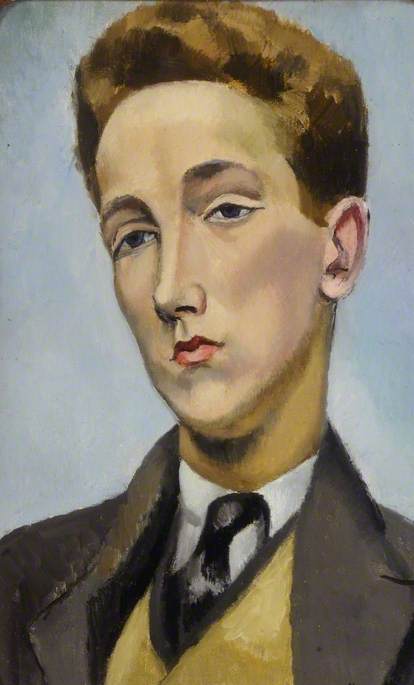 © the artist's estate / Bridgeman Images. Image credit: Heritage Doncaster
© the artist's estate / Bridgeman Images. Image credit: Heritage Doncaster
-
Scene amoureuse 1913–1914
Early on in his short career the French sculptor Henri Gaudier-Brzeska made a number of sculptures in low relief, some of which were intended to be coloured and lit from behind.
This piece, in Seravezza Marble, is based on a drawing that Gaudier made at a life class he attended in London.
This piece was originally owned by H.S. Ede (1885-1990), who was a collector and promoter of modern art in Great Britain during the early years of the 20th century. Ede’s collection subsequently formed the basis of the collection at Kettle’s Yard in Cambridge.
Henri Gaudier was born near Orleans in France, and it was there that he began his working life as a sculptor. In 1910, while living in Paris, he met his Polish partner Sophie Brzeska.
Henri Gaudier-Brzeska (1891–1915)
Serravezza marble
H 22.5 x W 40 x D 3 cm
Heritage Doncaster
